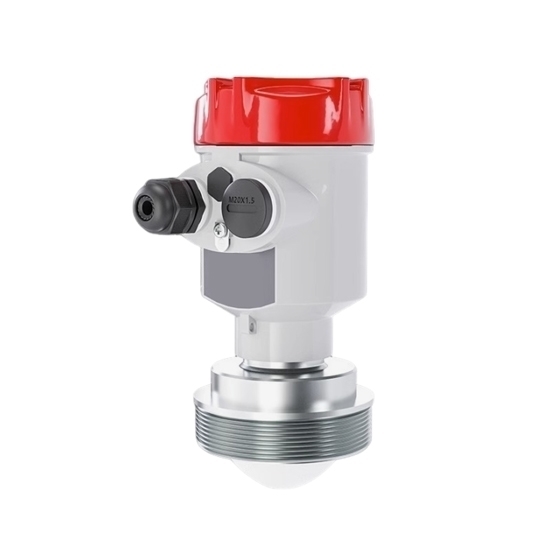
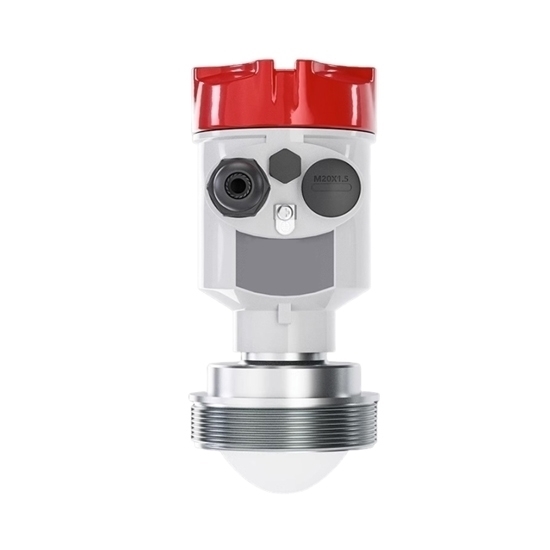
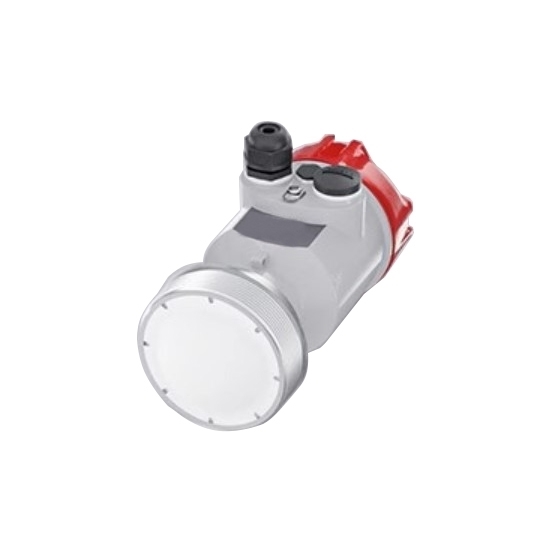
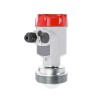
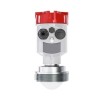
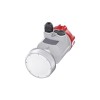
- Stock: In Stock
- Model: RDDLZ-LEVS-WSR550
- Weight: 1.00
- SKU: RDDLZ-LEVS-WSR550
Available Options
80 GHz non-contact radar level transmitter for sale online. High frequency radar level sensor with optional 10m-60m wide range, 24V DC or 220V AC power supply, 4~20mA/RS485/HART output, 3°/8°/20° beam angle and threaded or stainless steel flanged connection, suitable for stirring/steam/dust/crystallization and other occasions.
Specifications
| Model | RDDLZ-LEVS-WSR550 |
| Measurement Medium | Solid Powder or Liquid |
| Measurement Range | 0.08~10m, 0.08~20m, 0.08~30m, 0.3~60m |
| Beam Angle | 3° / 8° / 20° |
| Transmitting Frequency | 76GHz~81GHz |
| Transmitter Output | 4~20mA |
| Communication Output | RS485, HART |
| Fault Output | 3.8mA, 4mA, 20mA, 21mA, Hold |
| Power Supply | 24V DC or 220V AC |
| Cable Inlet | M20*1.5 |
| Cable Specification | AWG or 0.75mm² |
| Accuracy | ±1mm |
| Resolution | 3cm |
| Measurement Interval | 1s |
| Dielectric Constant | ≥2 |
| Connection | Thread, Flange, or Universal flange |
| Flange Material | 304 Stainless Steel, Contact us for 316L Stainless Steel or PTFE. |
| Flange Standard | HG/T20592 |
| Process Pressure | -0.1~2MPa |
| Process Temperature | -40~80℃ or -40~150℃ |
| Storage Temperature | -40~80℃ |
| Protection Level | IP67 |
| Casing Material | Aluminum Alloy |
Note: Please contact us for the structure and dimension drawings of the level transmitter.
24V DC Wiring Diagram
220V AC Wiring Diagram
Installation
Tips: What is 80 GHz radar level transmitter?
An 80 GHz radar level transmitter is a type of non-contact measurement device used to determine the level of liquids, solids, or slurries in tanks, vessels, or silos. It operates by emitting high-frequency electromagnetic waves (at 80 GHz) toward the material surface and then measuring the time it takes for the reflected signal to return to the transmitter.
The radar liquid level sensor can achieve high-precision level measurement of liquids, slurries and bulk solids, and is widely used in chemical, water treatment, food, pharmaceutical and other industries. In automation systems, 80 GHz radar level transmitters are often used in conjunction with field actuators such as motors and pumps to achieve functions such as level control and fluid management.
